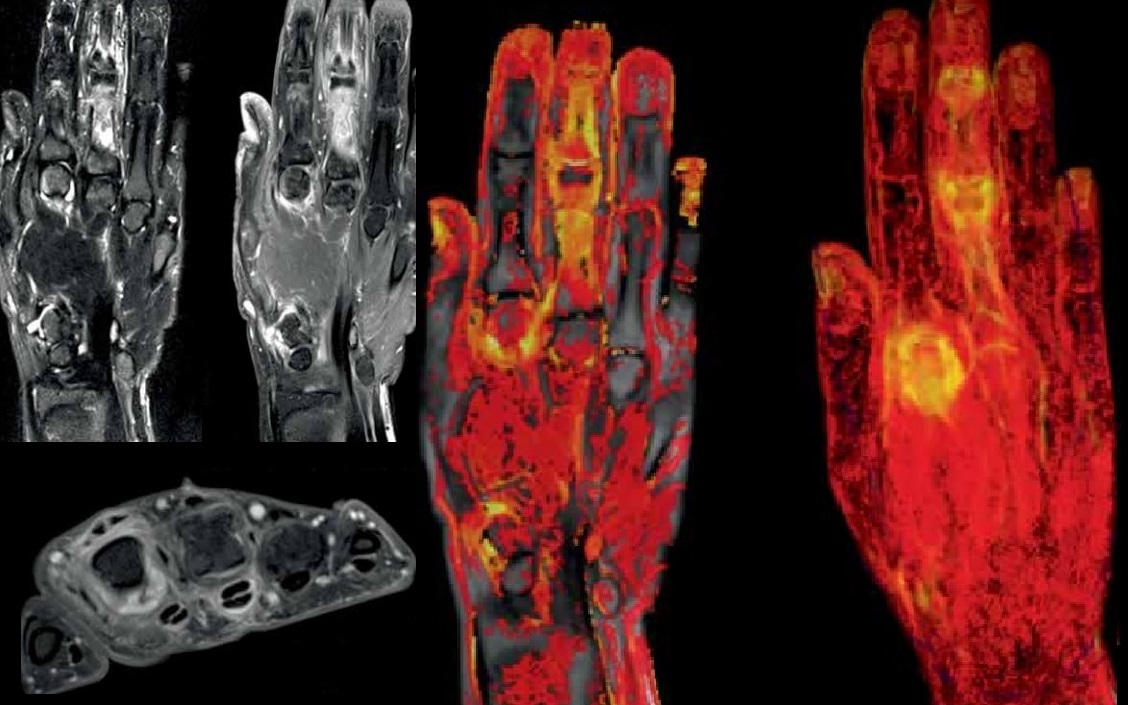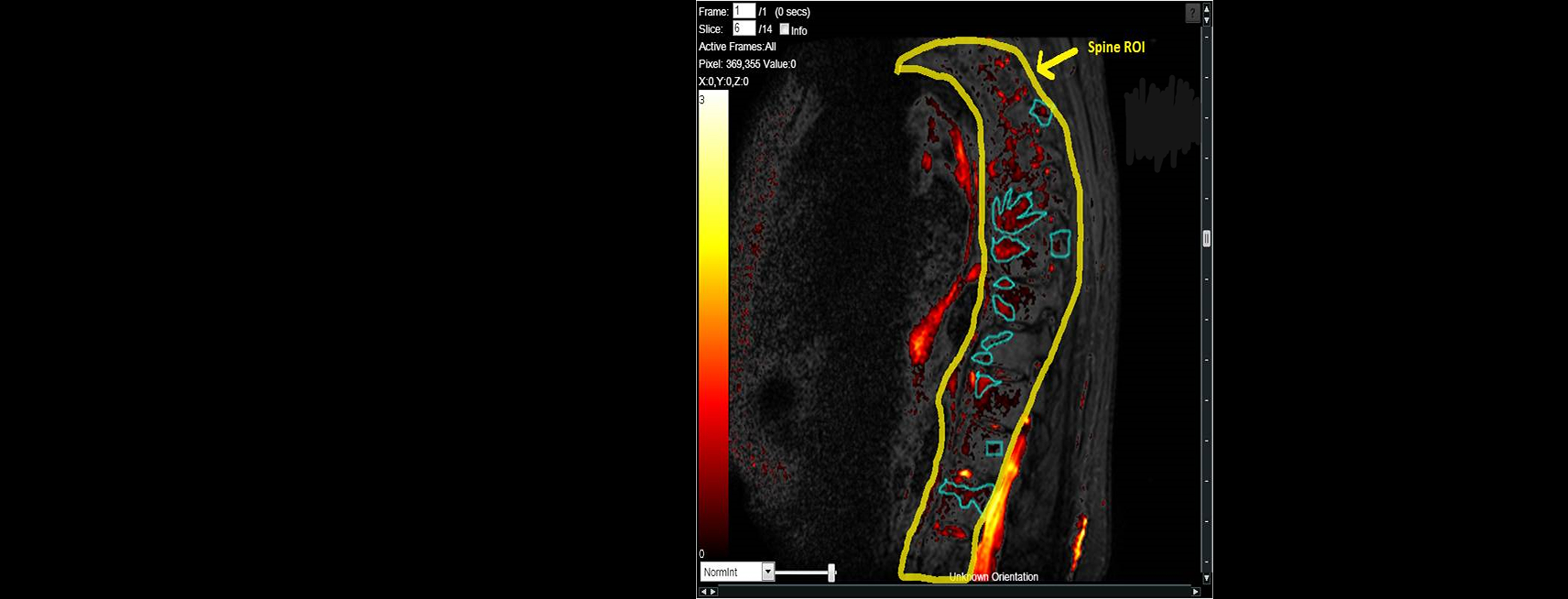

LUPUS
Systemic lupus erythematosus (SLE) is an autoimmune disease that can affect multiple different organs, including the kidneys and central nervous system. With lupus, the body’s immune system targets its own body tissues. Lupus arthritis affects hands of the patients and lupus nephritis – the kidneys.
IAG’s team is supporting a number of academic and proof of concept trials that develop, test and validate various radiologic methods aiming to improve disease characterization in patients with SLE beyond simple anatomical endpoints.
In clinical trials, imaging biomarkers are used to assess joint inflammation and to be more specific about including a patient intro the trial, as imaging is more specific when added to the clinical assessment.
IAG’s team is actively working with drug developers to determine and help including into the trial inclusion / exclusion criteria, the right methodologies for patient stratification that can help differentiating lupus patients. This especially critical for novel therapeutics targeting early disease.
IAG’s team supported trials that involved various radiological examinations of patients with lupus, such as
- Computed tomography (CT),
- Magnetic Resonance Imaging (MRI),
- Ultrasound (US).
IAG’s team is active in scientific community and have contributed and actively led the developments in physiological non-contrast MRI protocols to assess tissue oxygenation, glomerular filtration, renal perfusion, interstitial diffusion, and inflammation-driven fibrosis in lupus nephritis (LN) patients. Pour radiology team worked on the vessel size imaging (VSI, an MRI approach utilizing T2-relaxing iron oxide nanoparticles) development and nuclear medicine team on the molecular imaging probes used to monitor the disease.
Reach out to our expert team, as you are designing and planning your trial.
About IAG, Image Analysis Group
IAG is a unique partner to life sciences companies developing new treatment and driving the hope of the up-coming precision medicine. IAG leverages expertise in medical imaging and the power of DYNAMIKA™, our proprietary cloud-based platform, to de-risk clinical development and deliver lifesaving therapies into the hands of patients much sooner. IAG provides early drug efficacy assessments, smart patient recruitment and predictive analysis of advanced treatment manifestations, thus lowering investment risk and accelerating study outcomes.
Acting as imaging Contract Research Organization, IAG’s experts also recognize the significance of a comprehensive approach to asset development. They actively engage in co-development projects with both private and public sectors, demonstrating a commitment to cultivating collaboration and advancing healthcare solutions.
Contact our expert team: imaging.experts@ia-grp.com
Experience: Scoring Systems
- Visual MRI Scoring
- Ultrasound Structural Erosion (ScUSSe)
- Quantitative Inflammation (DEMRIQ)
Experience: Imaging
- MRI
- CT
- US
- PET
- SPECT
Publications
Since 2007, over 2000 articles were published to cover scientific discoveries, technology break-throughs and special cases. We list here some critically important papers and abstracts.
Testimonials
Combining our technologies and business advisory services with promising life science companies has yielded spectacular results over the past five years. As a trusted partner to many biotech and pharma companies, IAG’s team is proud to share your words and quotes.






